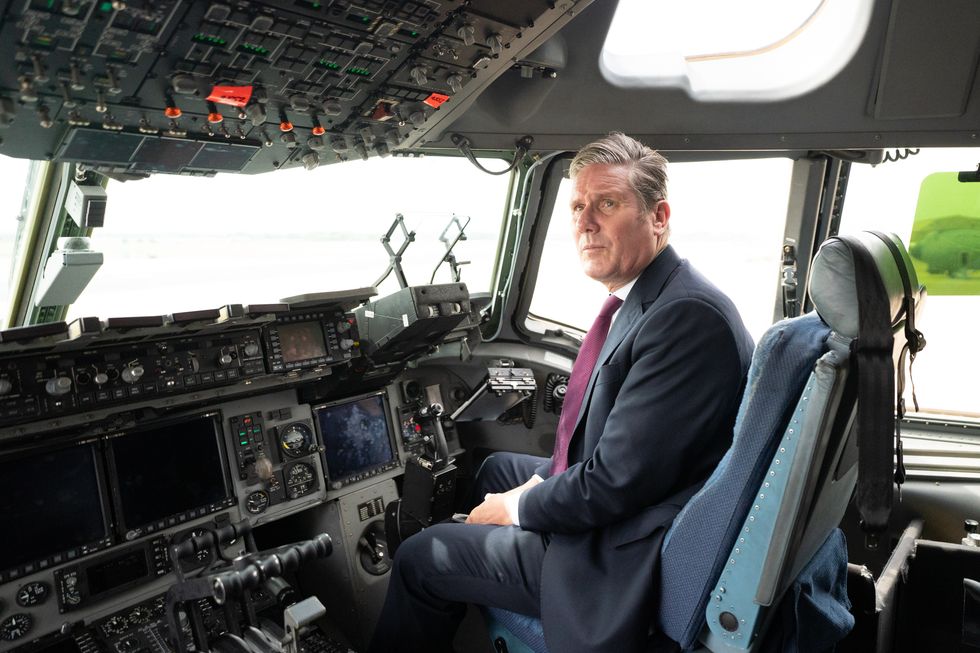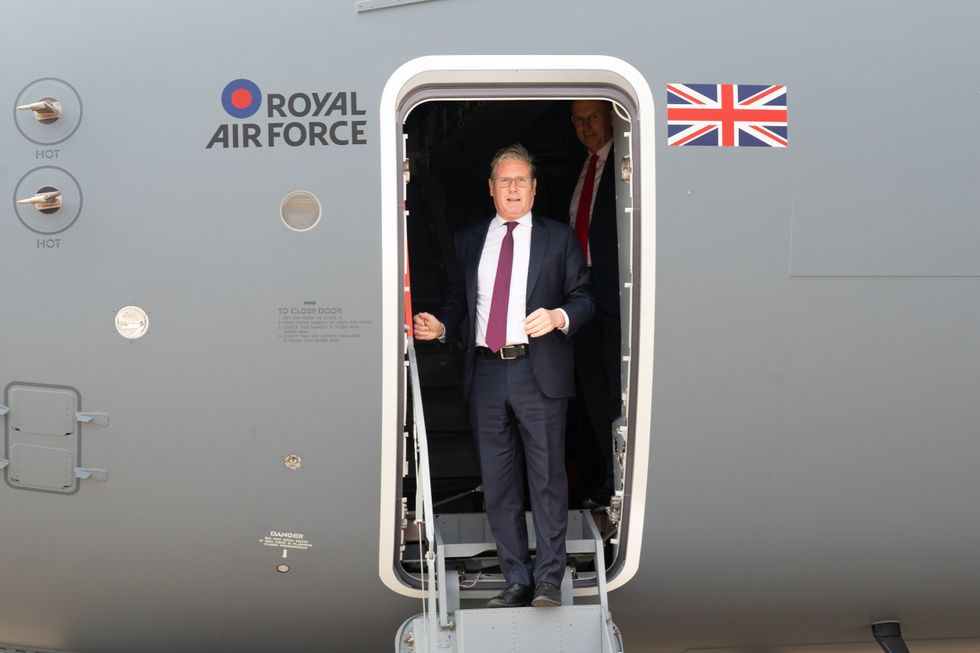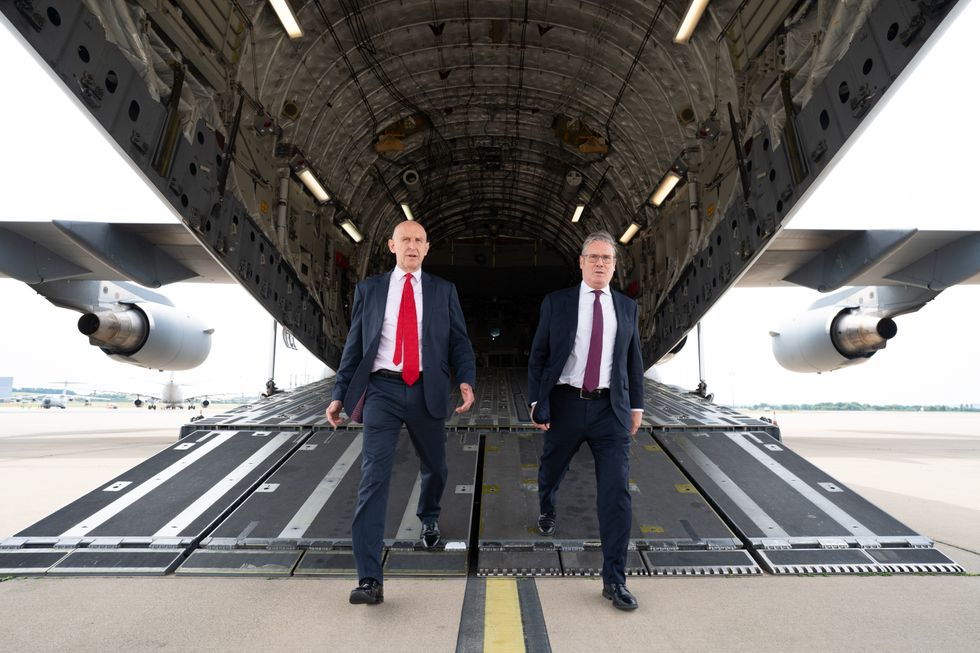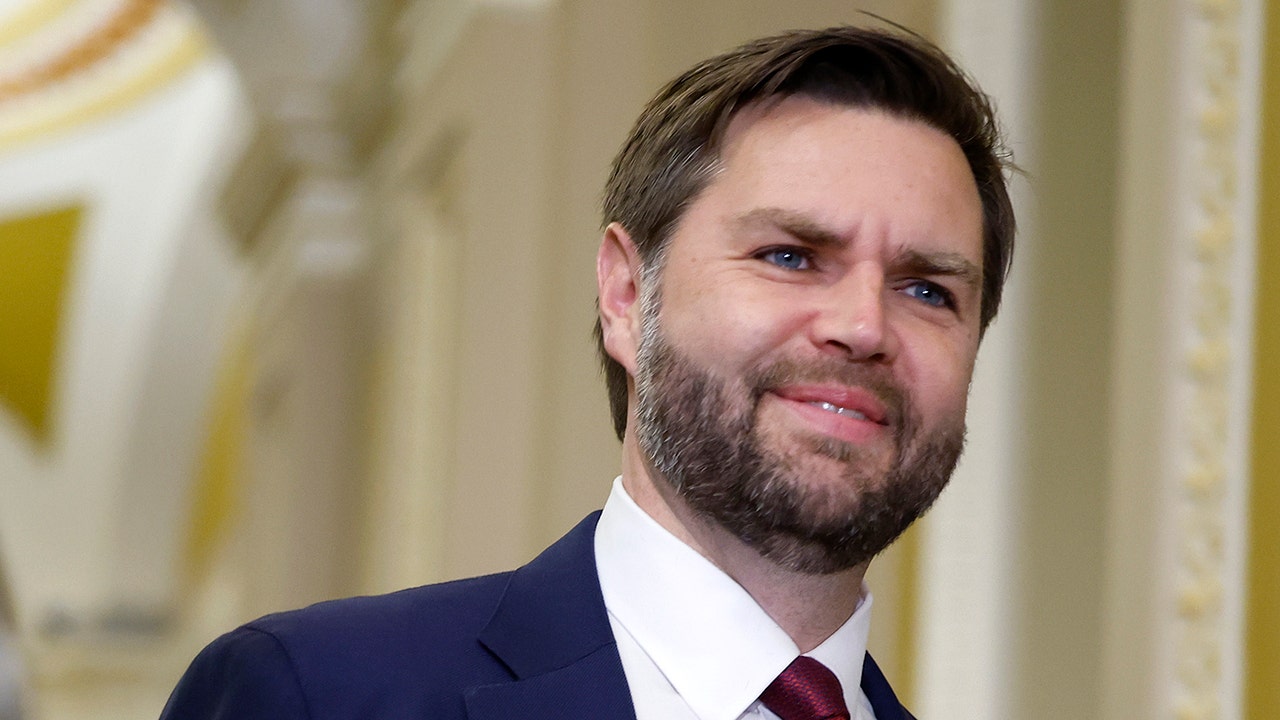Nato is set to demand Britain increases its spending on air defence amid growing concerns over the country's vulnerability to ballistic missile attacks.
The alliance will issue the call by the end of this year, responding to frustration that the UK is not contributing enough to Europe's defence systems.
The request will form part of Nato's updated force requirements, known as the Capability Target 2025, which will highlight areas where member states need to improve their collective defence capabilities.
Defence sources report that Nato members have consistently expressed concern about Britain's limited contribution to defensive shields protecting Europe.
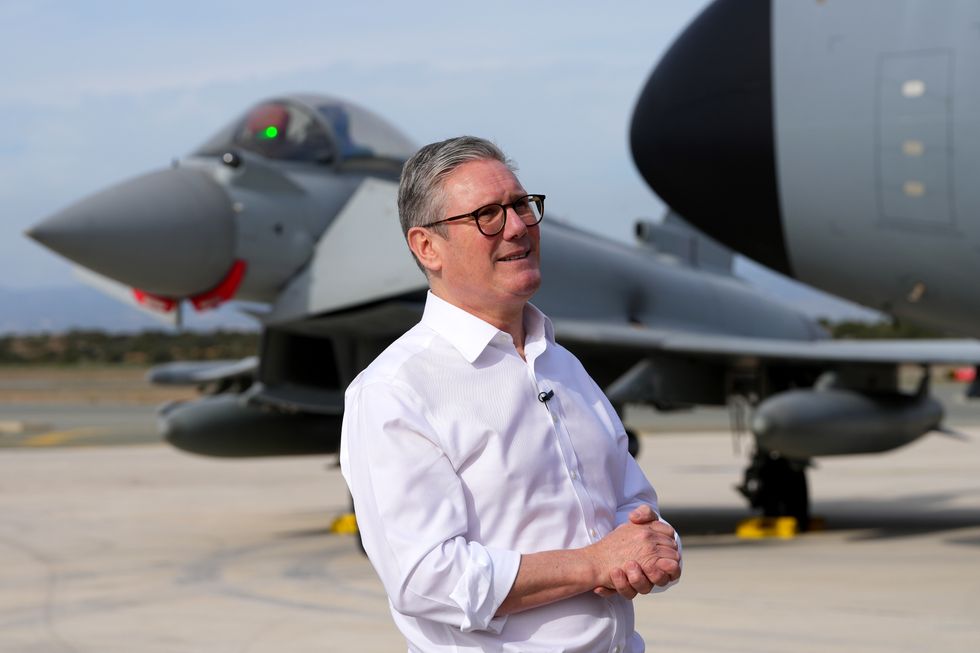
One military source stated that the UK is now in 'peril' due to the country's 'very thin air defences'
PA
Britain's main air defence currently relies on the Royal Navy's six Type 45 destroyers and the British Army's Sky Sabre missile system.
Type 45 destroyers, described as the world's best air defence warships, can destroy incoming threats from up to 70 miles away.
Other nations have invested heavily in more advanced systems. Germany signed a £3.2billion deal with Israel last year for the Arrow 3 system, designed to intercept ballistic missiles outside Earth's atmosphere.
While the UK has joined a European programme to develop new long-range weapons, its defence systems remain inferior to its allies.
Labour has committed to increasing defence spending to 2.5 per cent of GDP
PA
The Ministry of Defence has warned that Royal Navy warships could be vulnerable to more advanced weapons.
Military experts have highlighted specific vulnerabilities, particularly regarding UK military bases in Cyprus - Akrotiri and Dhekelia - which are within range of Iranian-backed militant groups like the Houthis.
During a recent visit to RAF Akrotiri, Defence Secretary John Healey witnessed firsthand the limitations of British forces, who were restricted to reconnaissance and intelligence-sharing roles during Iranian missile barrages.
The changing nature of global threats has been emphasised by developments in Ukraine, where Russia has deployed the Oreshnik missile, capable of travelling at Mach-10 with a range of 3,410 miles.
Labour leader Sir Keir Starmer and shadow defence secretary John Healey (left) during a visit to a RAF base in Oxfordshire
PA
Military chiefs warn that China, Russia, and Iran are developing long-range missiles that could potentially target Britain and its overseas assets.
Labour has committed to increasing defence spending to 2.5 per cent of GDP "when the economic conditions allow", though no specific timeframe has been provided.
A strategic review of British armed forces is currently underway, led by former Labour defence secretary Lord Robertson and General Sir Richard Barrons.
The review panel, established shortly after Labour's July election victory, is expected to highlight the urgent need for increased spending on defence capabilities and equipment.
Former British Army Captain Tobias Ellwood has called for defence spending to be raised to three per cent of GDP - approximately £68billion.
This contrasts sharply with Russia's military spending, which currently stands at 6.3 per cent of GDP, roughly £114billion.

 By GB News (Politics) | Created at 2025-01-05 17:25:48 | Updated at 2025-01-10 12:07:35
4 days ago
By GB News (Politics) | Created at 2025-01-05 17:25:48 | Updated at 2025-01-10 12:07:35
4 days ago
